In Photos: The Amazing Caves of Arizona
Surprise find
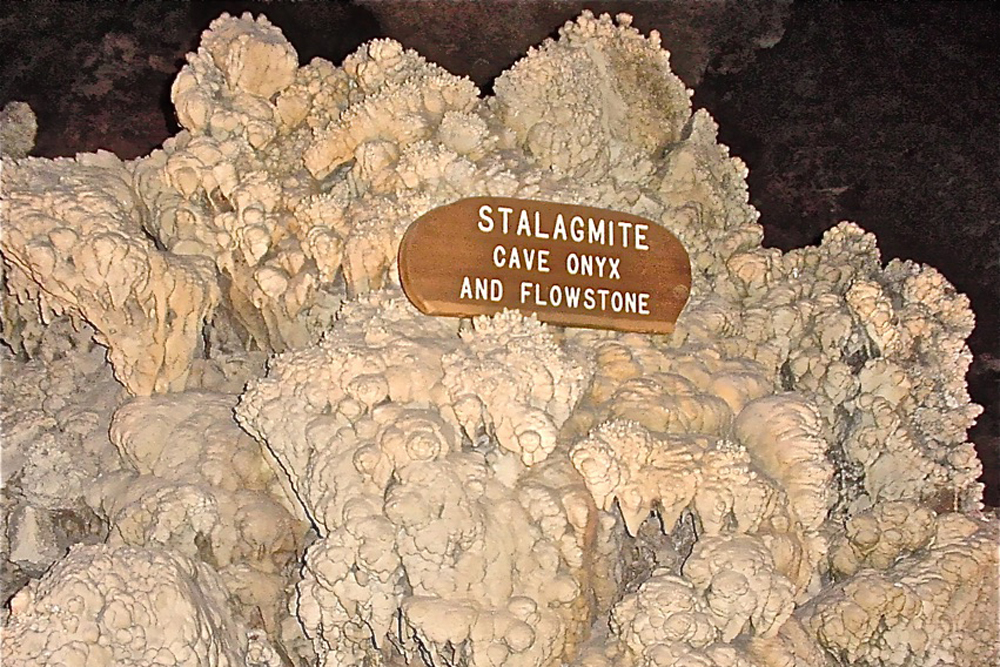
The Grand Canyon Caverns were discovered in 1927, when a local cowboy almost fell into a small funnel shaped hole while on his way to a friendly poker game. The next morning he and some friends returned to that hole, tied a rope around the waist of the smallest cowboy and began lowering him into the dark. After watching 150 feet (46 m) of rope disappear into the darkness, the young cowboy's feet finally touched a rocky floor. Soon the cowboys had set up a hand cranked winch and were lowering any brave visitor down into the darkness for a fee of $0.25.
Elevator to below
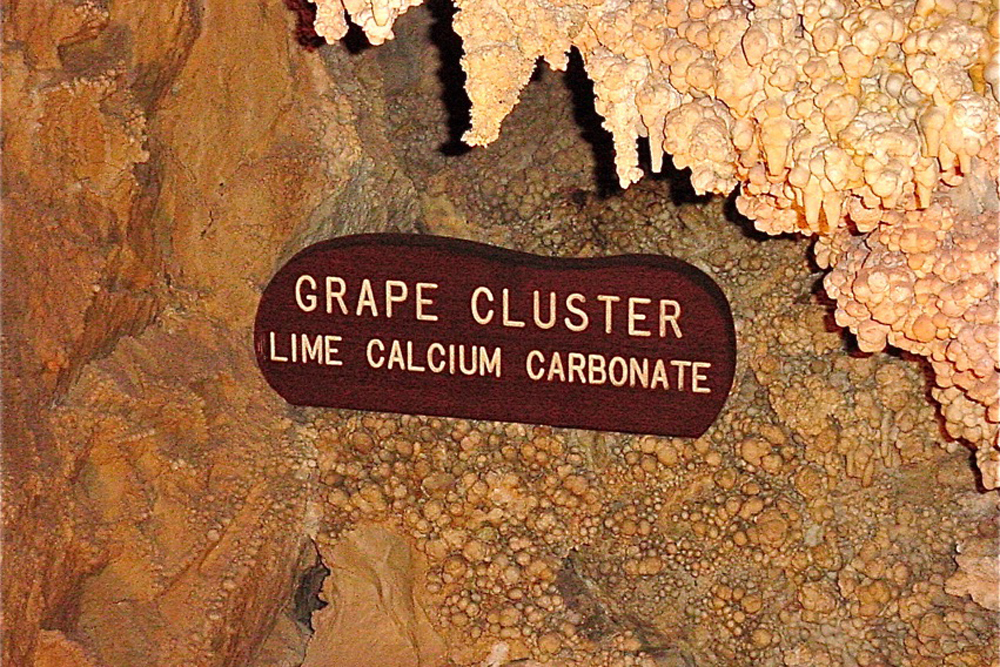
Today, visitors can visit the underground caverns by riding a reliable elevator some 210 feet (64 m) into the large limestone caverns that await below. The Grand Canyon Caverns are some of the largest dry caves in the United States. Their size is enormous in that three football fields could fit nicely inside their walls. The extent of the underground system of limestone caves that they are a part of, was best demonstrated when the U.S. military ignited red smoke flares in the large rooms of the Grand Canyon Caverns. Two weeks later, red smoke rose through vent holes near the Village of Supai, in the Grand Canyon, some 60 miles (97 km) from where the flares were ignited.
Lava tubes
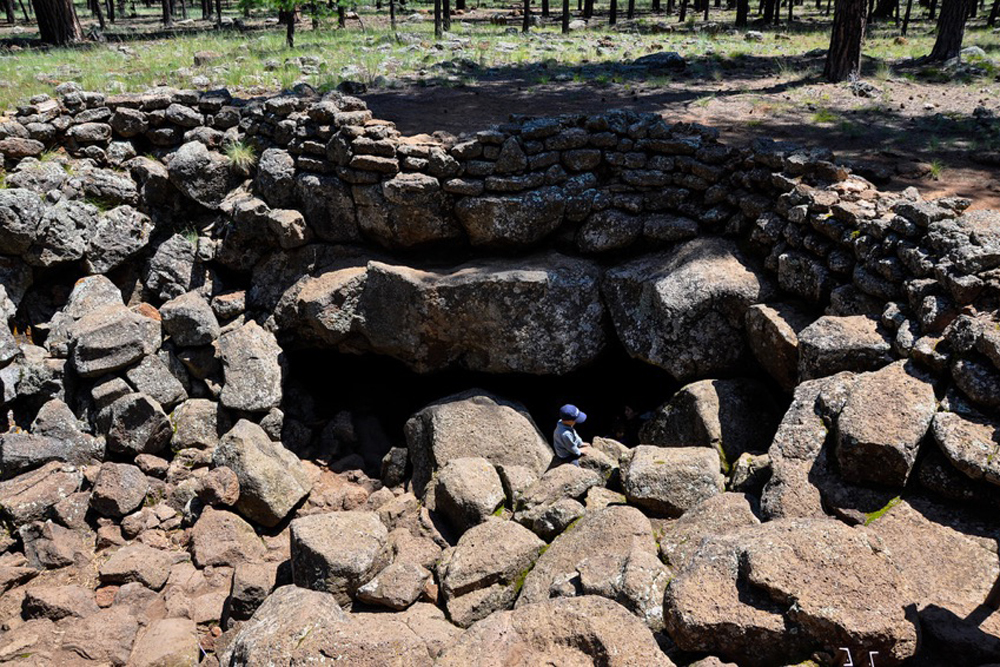
In 1915, a group of lumbermen were moving their way through the ponderosa pine forest a short distance from an area called Hart Prairie, northwest of Humphreys Peak, near Flagstaff, Arizona. Here, they came upon a large opening in the volcanic soil and after deciding to enter it, they quickly found that they had discovered what geologist now call a lava tube cave. The mile-long (1.6 km) lava cave, known today as the Lava River Cave, was formed between 650,000 and 700,000 years ago.
Flow route
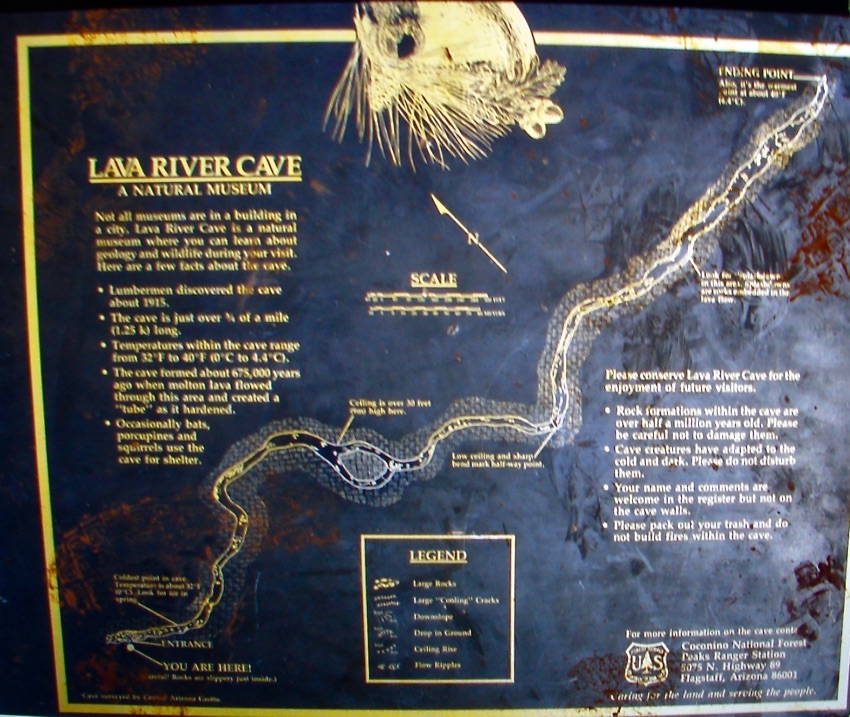
Both pahoehoe and a'a basalt lava are found in this Lava River Cave. Geological evidence shows that lava flowing at the top, sides and bottom of the cave cooled and hardened quickly while that lava in the middle of the flow continued to move along eventually breaking through the Earth's surface and leaving behind the tube cave found today.
A difference in temp
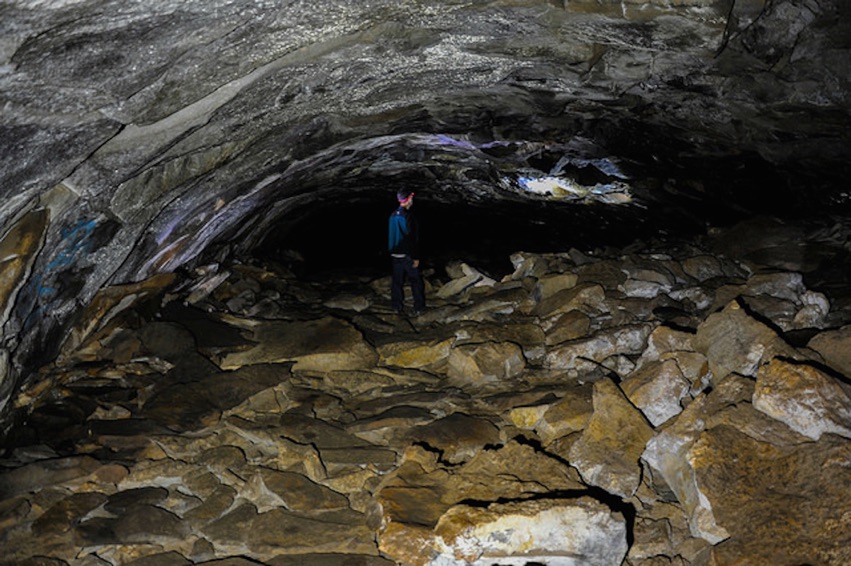
Admission to explore this Arizona cave is free but anyone wishing to explore it should come well prepared. Temperature inside the cave is about 45 degrees F (7 degrees C) in the summer and 35 degrees F (1.6 degrees C) in the winter. The ceiling height ranges from 30 feet (9 m) to under 3 feet (1 m). There is no lighting within the lava cave so several sources of reliable lighting are recommended for all cave explorers. The Lava River Cave is under the care and protection of the U.S. Forest Service.
Natural wonders
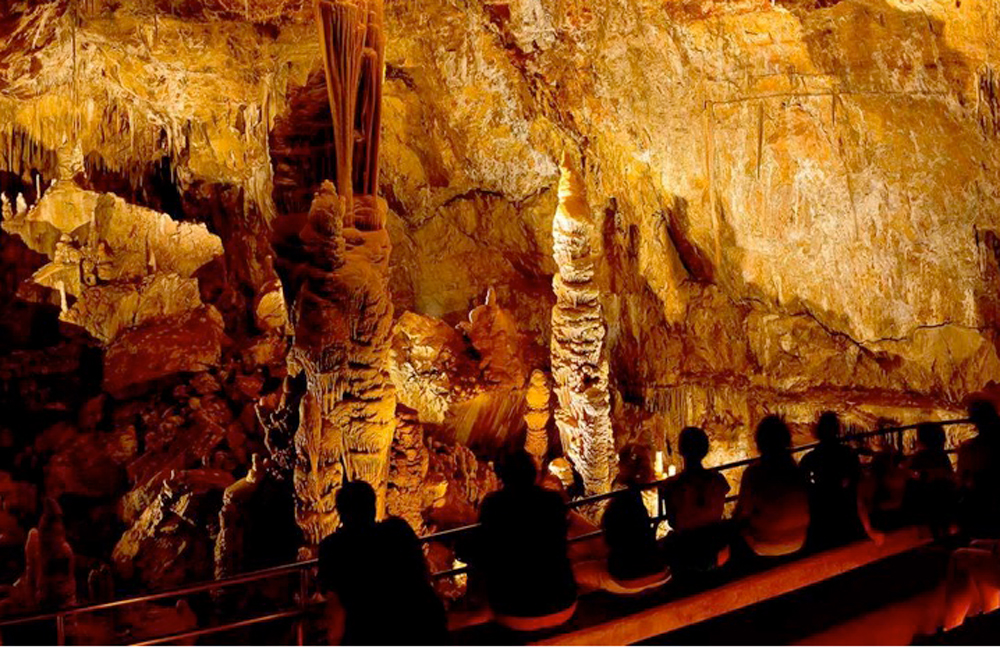
The caves of Arizona may not get the tourism press that the awesome Grand Canyon or beautiful Sonoran Desert receive but Arizona's caves are still some amazing natural wonders. Most all owe their existence to the ancient seas that once covered this magical land or the tremendous power of long ago erupting volcanoes. And fortunately, the most spectacular Arizona caves don't even require any skills in spelunking to enjoy but only a desire to still be wonderstruck by the beauty of nature.
Get the world’s most fascinating discoveries delivered straight to your inbox.


